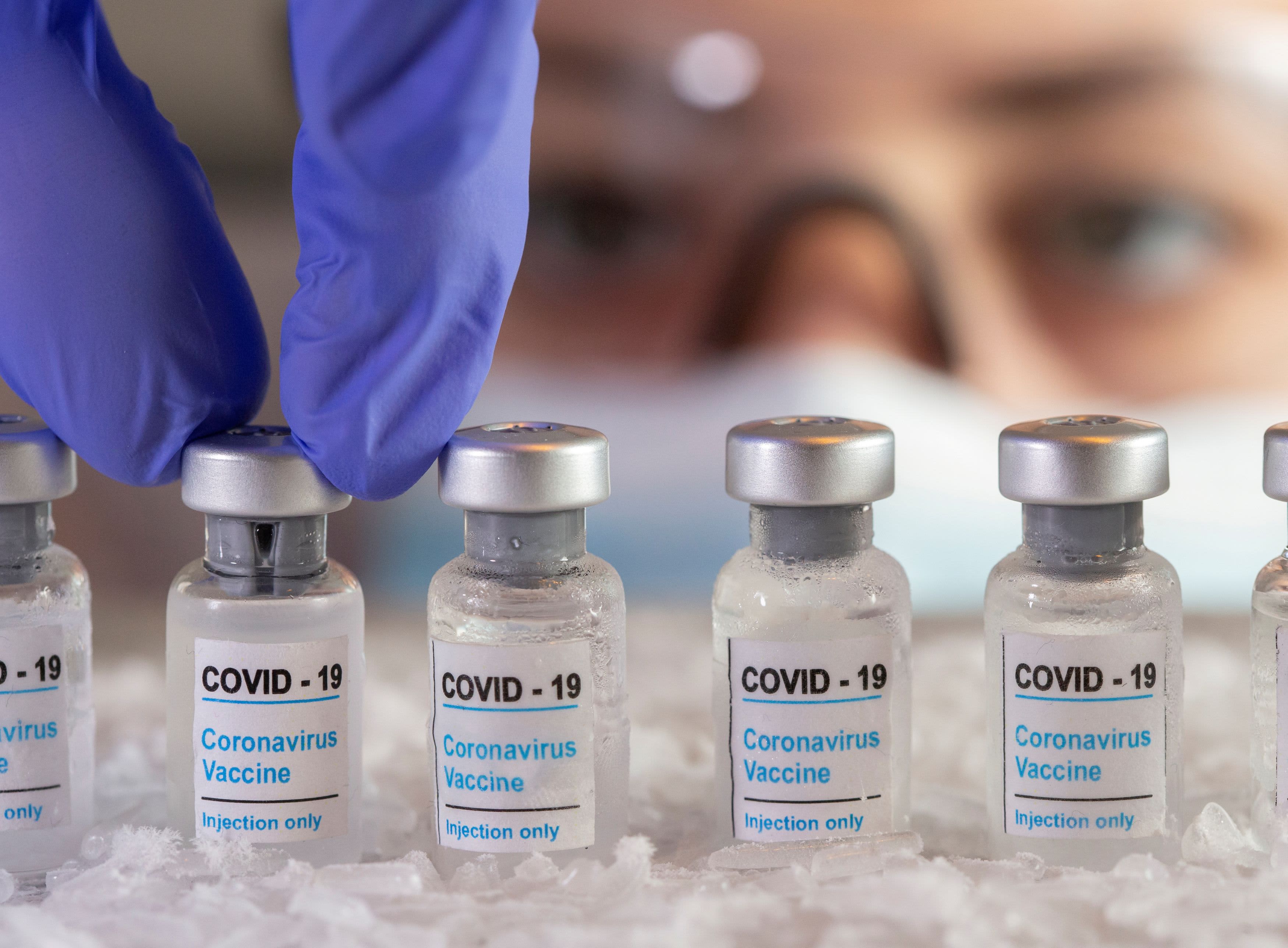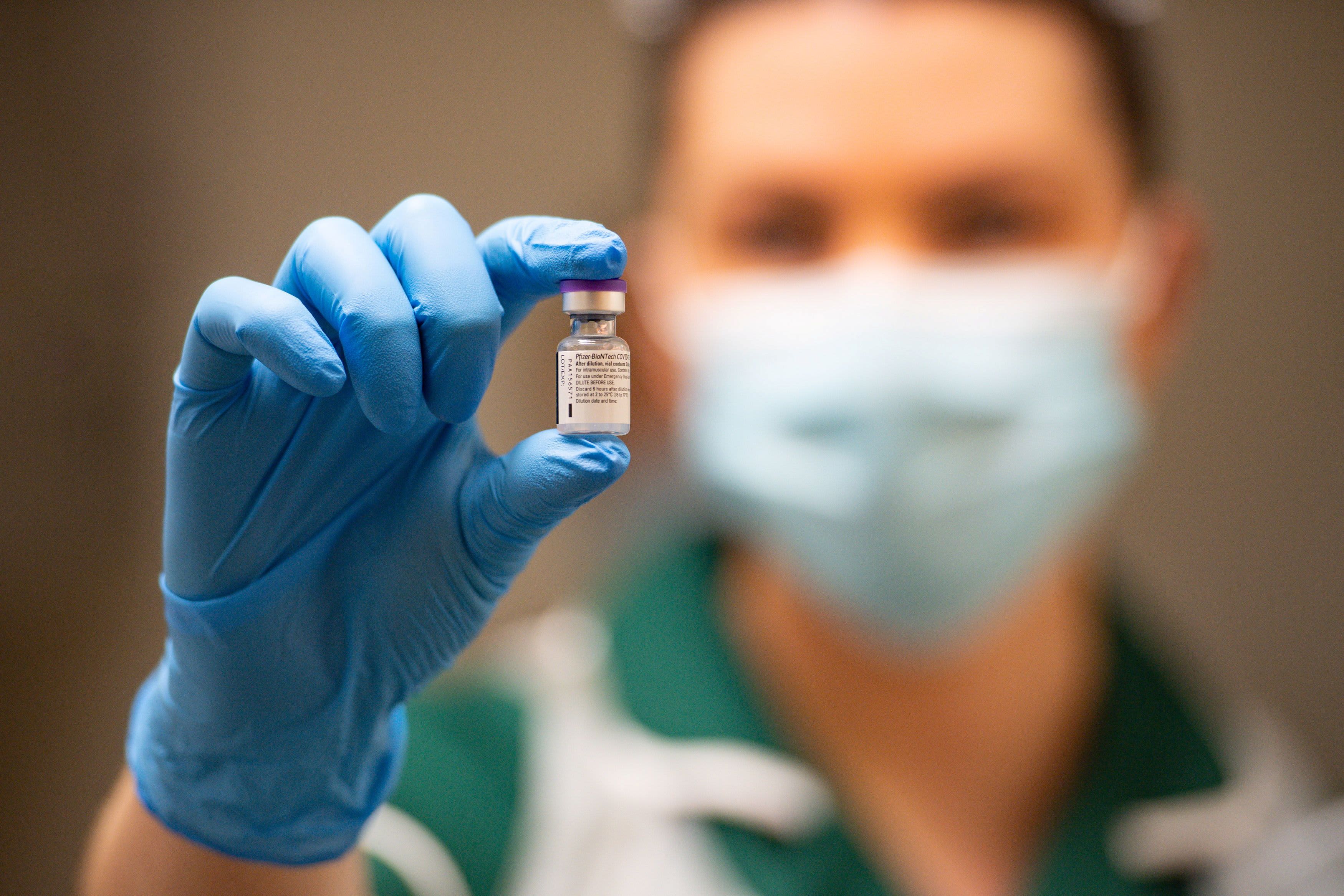What to Know
- Scientists say the SARS-CoV-2 coronavirus that causes COVID-19 mutates more slowly than a flu virus, which is good news for vaccine development
- The virus has already experienced one major mutation that made it more contagious, but also more vulnerable to vaccines
- Once vaccinations begin, the clock starts ticking: viruses have been known to evolve more rapidly to evade their own demise in partially-vaccinated populations
When researchers in China first discovered a new coronavirus spreading amongst the people in the city of Wuhan, they collected samples of the virus and published its genetic code online.
Within weeks, that genetic code became the basis for the vaccines now being distributed by Pfizer and Moderna — which began manufacturing them long before they were approved for widespread use.
But as work on the vaccines was beginning, something else was happening: In February, 2020, a new and more contagious strain of the virus had begun circulating in southern Europe. Over the months that followed, the new strain — known as D614G — would out-compete its ancestor to become the dominant strain of the virus around the world.
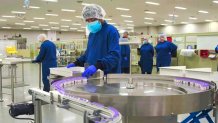
"It infects cells more efficiently, and it replicates to higher titers, especially in cells in the nose and upper respiratory tract," said University of North Carolina epidemiology professor Ralph Baric, who studied transmission of the two strains side by side in hamsters.
Survival of the Fittest: How the Current Strain of Coronavirus Evolved
Because the new strain is especially good at reproducing in the nose and throat — the spots where air enters and leaves the body — it's much better at spreading from one person to another, Baric said.
The new strain was the result of random mutation — tiny errors that occur as the virus hijacks the cells of its host to reproduce over and over and over again. Through the process of natural selection, a mutation that ends up helping the virus survive and reproduce will likely be replicated many times over, and could create a new dominant strain, as it has in this case.
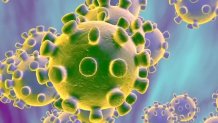
Get a weekly recap of the latest San Francisco Bay Area housing news. >Sign up for NBC Bay Area’s Housing Deconstructed newsletter.
But if the vaccine was made based on an older strain, will it still work against the new one? Baric says that depends on exactly what the mutation looks like under a microscope. In this instance, he said, there's good news.
"I think most everyone has seen the movie, 'Alien,' right?," Baric said, cupping his hands together in the shape of an egg. "You have these alien egg pods, and when people come up to them, there's these little flaps that pop open to allow the alien infection thing to come out, and infect the individual."
In this case, Baric said, the "flaps" are a part of the spike protein — the parts of the virus that stick out like the points on a crown, giving the coronavirus its name. Those are the proteins the virus uses to attach itself to host cells, and the flaps make the virus "stickier" so it's more likely to latch on.
But just like opening the tough shell of the alien eggs, Baric said opening the flaps on the spike protein leaves the fragile interior of the virus exposed.
"So this mutation actually makes the virus much more vulnerable to vaccines," Baric said.
What's in a Virus? Breaking Down the Differences
In battling infectious diseases, U.C. Berkeley vaccinology professor John Swartzberg, M.D., says there are two extremes: viruses like mumps and measles, against which our original vaccines are still effective after half a century, and viruses like influenza, which mutates so rapidly that we need a new vaccine every year.
Like a coronavirus, a flu virus is made of RNA — a single strand of genetic material — but the two are otherwise quite different, Swartzberg said.
"The influenza RNA is what we call segmented," he said. "And those segments can interchange very easily. Whereas, the RNA with this virus is just one long chain. So it's much easier for influenza to change its genetic nature. It's much more difficult for SARS-CoV-2 to do that."
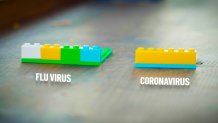
Combine that relatively unchanging internal genetic code with the mutation-prone spike protein, and you get a virus that's somewhere in the middle: more changeable than measles or mumps, but not as prone to mutation as the flu.
"That's really good news," Swartzberg said. "Because it's unlikely that it will change enough so that our vaccines will not be effective."
But natural selection is clever and persistent, and while Swartzberg says individuals shouldn't worry too much about vaccines becoming ineffective, scientists will need to watch the virus closely.
Freezing Cold and Ticking Clocks: Solving the Vaccine Transportation Problem
Across the Bay at Stanford, Rhiju Das' lab is working to solve a problem that could actually accelerate virus mutation: the need to keep the Pfizer and Moderna vaccines at extremely cold temperatures while transporting them around the world.
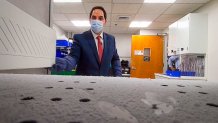
"When they're put into a syringe and they're ready to get injected into you, they start losing their potency, on the time scale of like hours or days," Das said.
With airlines, shipping carriers and hospitals installing special freezers and ordering mountains of dry ice to create a sub-Arctic "cold chain" for the vaccines to travel on, Das worries that some parts of the world far away from major airports or shipping hubs could be left waiting.
"If you're living in rural California for example, there's going to be a long delay before these vaccines can get to you, because of all the delays of shipping things under ultra-cold temperatures," he said.
The concern, Das added, is that if only half of a population is vaccinated, natural selection will begin to favor random mutations that help the virus "escape" the vaccine. Like an enemy army announcing its presence before it attacks, vaccinating the population too slowly could "warn" the virus to begin evolving faster.
"Because the vaccination rollout might take several months, even a year, there's a worry that during that time, the virus will actually start to evolve faster in response to the vaccine, and then create a strain that will go back and attack even those of us who have been vaccinated," he said.
Other Vaccines Are in the Works
In his lab, Das is working on ways to "fold" the strands of synthetic RNA that make up the Pfizer and Moderna vaccines, making them slower to break down at room temperature.
"If we could ship them in pre-filled syringes without being frozen, then they could go out basically to everyone in the world on the time scale of a few weeks, in the same way that we can get flu shots shipped out to everybody in the world," Das said.
But at the same time as Das and others work to make these new mRNA vaccines more stable outside the freezer, other companies are working on vaccines that won't require refrigeration at all. One such company is Vaxart, based in South San Francisco, which is currently in Phase 1 human trials for a COVID-19 vaccine that's taken as a pill.
"It's just simpler to hand out a tablet than it is to give an injection," said Vaxart chief science officer Sean Tucker. "You don't have to have qualified medical people, it can be shipped at room temperature."

Tucker says the vaccine tablets could be ideal for developing countries without a robust cold chain, and also for booster vaccines that could be given to the elderly, those with compromised immune systems, or in the event that long-term immunity from the current vaccines begins to wane after a few years.
"There's going to have to be some longer-term monitoring to see, basically, do people who got the vaccine start getting infected in year 2 or something," Tucker said. "And then they'll make a decision whether someone needs to get a boost."
Vaxart plans to continue human trials through 2021 and, if the vaccine proves effective, could begin manufacturing in about a year. Tucker knows there could be additional major virus mutations between now and then.
"One of the things that we did in our vaccine is we put not just the spike protein, the 'S' protein in it, but we put a very (well-)conserved 'N' protein as well, in order to make a vaccine that we think would be able to address if there were any changes," Tucker said.
Tucker said the "N" protein, the internal wrapper that protects the virus' RNA, doesn't mutate nearly as quickly or as often as the spike protein. Though Vaxart's formula does target the spike protein like the Pfizer and Moderna recipes, adding a second mechanism delivers a one-two punch that Tucker says could guard against virus mutation.
Vaxart's formula also aims to address another possibility: If the world's population is vaccinated swiftly, and the virus can't find vulnerable human lungs to infect, natural selection may cause the virus to shift where it lives.
"It could change its structure just a little bit, so it's just a little bit more resistant to antibodies," Baric said. "And this may allow it to replicate in the nose, but not deep in your lung. So that would result in a really mild common cold type infection, which might actually still allow it to be transmitted, even in immune people."
Tucker believes Vaxart's formula, since it's delivered through the digestive system, could better train the human immune system to stomp out infections on wet surfaces like the nose and throat, where the coronavirus enters the body — potentially providing some protection against the sort of mutation Baric described.
Swartzberg said what this all means for you is that there's not much reason to panic: Science understands virus mutation, and is already working to ensure it doesn't lead to a second SARS-CoV-2 pandemic.
"I think that people ought not to worry about that right now," he said. "Scientists need to worry about it, but I don't think the public needs to."

